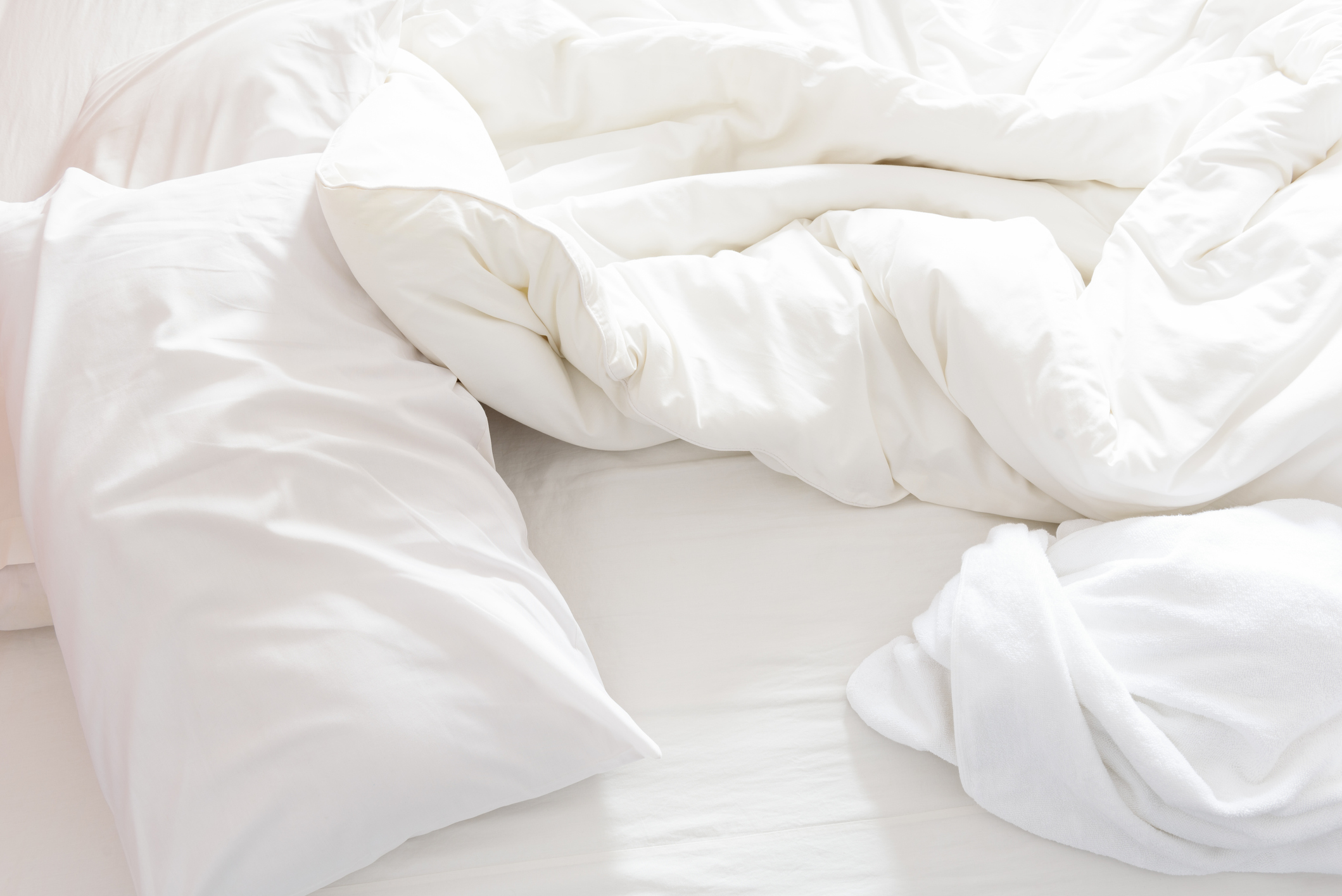Starting a new school year isn’t just about adjusting to new environments and dynamics; it also comes with a variety of complex emotional challenges. Between pressures to perform well, finishing assignments and juggling relationships, reaching for that phone becomes seemingly easier than pausing to feel those tensions in your body.
Getting into the back-to-school routine is overstimulating, and the moments before bed are sometimes the only real breather a student can get. So why would we intentionally avoid using these precious moments to access the rest that we need? Neuroscientist and Program Specialist at Science World, Dr. Friderike Moon likens starting the school year to starting a new relationship. The burst of information we get throughout the academic day, the nervousness of meeting new friends, the excitement of reconnecting with familiar faces - all of this is akin to the rush of falling in love.
“It’s kind of like an addiction happening in your brain because eventually, you become so closely connected to this routine,” says Friderike, of the habits we create. “Much of that is stored in your subconscious, so you’re not always aware of all this activity.”
As routines become subconsciously ingrained, at some point the stress transitions to a normalcy. Anything outside of that normalcy, like the quiet before bed or that emotion you don’t quite recognize, makes us uncomfortable, which we try to avoid - in this case, by picking up our phone. Things like the bright colours of our screen are reminiscent to the rush of that initial newness which we hope to re-experience.
This association with what feels positive or negative isn’t a matter of preference. Friderike says parts of us are wired to fear the things we don’t recognize because down our evolutionary line, the discomfort of the unfamiliar meant “danger.” The amygdala is the part of our brain responsible for this response. It’s what she calls an “older part of our brain” and what gives us our fight-or-flight instincts. Except for exceptionally rare patients without amygdalas who doctors confirmed had no perception of fear towards their environment, we are constantly analyzing our environments for safety. When we run into those thoughts or memories before bed that require our attention, we can block it out by reaching for our phones.
“Somewhere down the line we said, ‘If I avoid doing this right now it will be better for me,’” says Friderike about coping with negative emotions. “That avoidance technique is based on past experiences.”
Perhaps it means that the question “How do I get better sleep?” is really about asking “How can I make better habits?” And, more importantly, “Where do I start?” when it seems we’re designed to rely on these involuntary responses. Friderike points to awareness, or shifting what is happening from our subconscious to our consciousness, which can start with understanding what’s actually happening when you scroll through your phone before bed.
So, What’s Actually Happening?
Screen time often looks like rest, but even as the body lays dormant and we curl up in our favourite spots on the couch, that tired feeling doesn’t leave. The brain remains active: the eyes dart, their muscles working to focus on the screen. Senses remain heightened as your body continues to process humour, horror, excitement.
“You don’t get the emotional rest that you need,” says Friderike. “It feels good in the moment and we do get instant relaxation from it,” she says. “But not listening to your body can have some long-term mental health effects.”

Understanding Different Types of “Rest”
Though it may sound counterintuitive, Friderike points to high-energy activities like running or swimming as a way to counterbalance the effects of insomnia or restlessness at night. As it turns out, we may not be ready to sleep because we’re still full of energy, and swimming or running is an active way to burn that off. It’s something the fitness community calls “active rest”: low-endurance activities that only take up 60% of your maximum effort.
“It almost turns into a meditation and clears up your mind,” Friderike notes, adding that it releases the “happy hormones” we chase when we reach for screen time. Combine your activity with a team environment, like volleyball or soccer, and you meet your social rest for the day too.
But as important as it is to work out all those extra nerves, Friderike’s next suggestion is exactly the opposite: make time to do nothing, or in other words, passive rest.
“No one is bored anymore, which is such an important part of being creative,” she says. “Letting your mind wander actually allows us to come up with important questions yourself and fosters curiosity. Suddenly you could be thinking ‘Why am I picking up the phone when I feel a certain way?’ or ‘Why am I trying to avoid thinking about something negative?’”
Between active, social and passive rest, it isn’t about dropping your favourite Netflix show altogether or deleting your Instagram, but rather finding that school/life balance that will follow you into the workplace and into your social dynamics.
“You’re trying to answer the question of who you are and what you want to do, every day - it’s part of our capitalist Western way of thinking,” says Friderike. “If people can do a self-evaluation on how best they function, that’s what will help them.”
